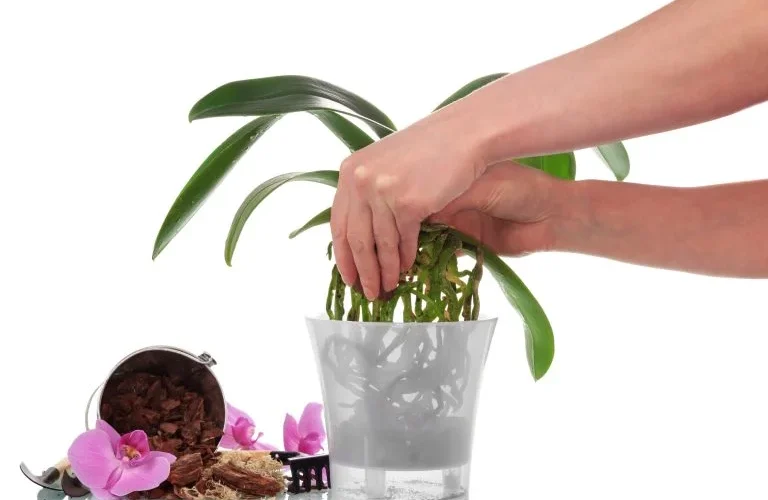Recycling Plastic Bottles: Many Simple Ideas to Try. Beautiful Orchids All Year Round: Some Strategic Tips
A thriving and blooming orchid is the desire of all those who love this plant. Beautiful and delicate, it brings sophistication and elegance wherever it’s placed!
The most well-known and widespread type of orchid is certainly the Phalaenopsis.
But how can you keep it beautiful and perfect all year round? Here are some excellent tips for you.
Orchid in perfect health all year round, tips The flowering period is winter, spanning from December to April.
If well cared for, it will produce beautiful flowers for up to 6 months, but they often last much less.
Sooner or later, the resting period arrives when this splendid plant loses its flowers.
However, since there might be buds present at the same time, you can take advantage of the situation to prevent the plant from completely shedding its blooms.
Let the dried flowers fall off on their own, don’t cut them. It’s not excluded that they might bloom again, or new branches or even new plants may sprout from the stem, which you can transfer to a new pot!
But let’s get straight to the tips for having an orchid at its best all year round.
Light. The required light varies depending on the type of orchid. For Phalaenopsis, the ideal location can be semi-shade or indirect sunlight. Direct sunlight can burn its leaves.
Also, know that with too much light, it may not flower at all, and with too little light, it will grow slowly and with difficulty.
Temperature. The ideal temperature ranges from 15°C to 24°C.
If the temperature reaches 30°C-35°C, in summer, for example, place the plant in a very shaded corner where there is sufficient air but never too cold (below 15°C)!
Root humidity and soil. They should always have a certain level of humidity around them (about 70%).
A good idea is to use a saucer with gravel or expanded clay and water inside. This way, the plant will have a good dose of humidity constantly available.
Depending on the size of the pot, the watering times will vary.
When you notice the substrate is dry, water it without leaving water between the leaves, preferably in the morning. Absolutely avoid water that is too hard and too cold and, most importantly, at room temperature!
For suitable soil (bark works well), you can find it in stores. It must always be draining because stagnant water is not good for the plant.
Fertilizer: nitrogen (20 parts), potassium (20 parts), and phosphorus (20 parts). The concentration of nutrients varies depending on the period, and for every liter of water, 1 g of fertilizer is necessary.
In spring, fertilize every 2 weeks, increasing the amount of nitrogen (30 parts versus 10 each of potassium and phosphorus).
In the autumn period, do the opposite, favoring potassium (20 parts) and phosphorus (30 parts) rather than nitrogen (10 parts).
After flowering, avoid fertilizing for at least 2 months (during the vegetative rest period).
Repotting and pruning. Repotting should never be done during the flowering period but in spring when the plant begins vegetative rest. Then, every 2 years.
Wet the substrate, extract the roots, and wash them thoroughly. If the plant is healthy, you will also notice new roots!
Cut off dead roots cleanly at the nodes and disinfect the cut with bleach or simple alcohol. It will also be necessary to use a specific fungicide (available in stores).
Use preferably a new pot slightly larger than the previous one and especially transparent. Wash and disinfect it as you did for the roots.
It will allow you to monitor the state of the root system, which should always be a vibrant green, and enable it to enjoy the light.
Follow these tips, and you’ll have a healthy and beautiful Phalaenopsis orchid all year round!



